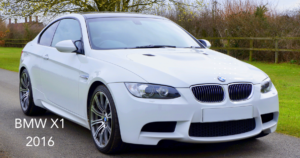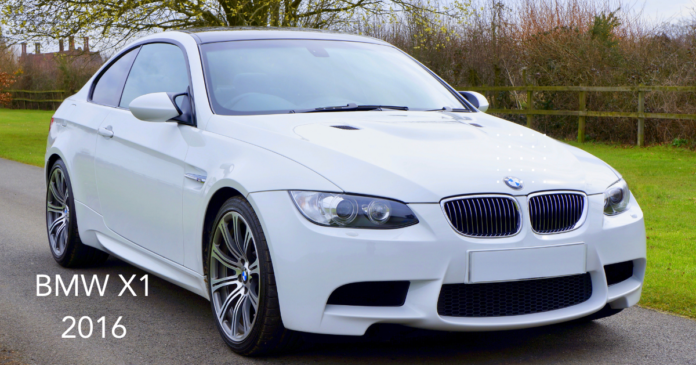BMW X1 2016 Review
BMW X1 2016 Review,for the new X1 has a more traditional crossover look with a taller profile and boxier dimensions, though it bucks the bigger-is-better ethos and loses a hair of length.

The classic, rear-wheel-drive proportions of the old X1 have been replaced with a much longer front overhang, a slightly larger rear overhang and shorter overall dimensions. While a close friend and BMW purist immediately noticed “something wrong” with the X1’s front end, the casual observer is unlikely to think it’s anything other than a 9/10ths-scale X3. That’s what BMW is betting on.Interior in the same vein as the exterior, the X1’s interior is a variation of BMW theme. Our model wore optional wood trim and was illuminated with ambient lighting. Its instrument cluster is standard Bavarian fare. And its steering wheel apes those used by BMW’s larger crossovers.
Although the 2016 X1 isn’t as long as the outgoing model, you’ll actually find more room on the inside thanks to its space efficient, front-wheel-drive roots. BMW was able to further push the bounds of packaging effectiveness with the X1 as it no longer need to house a longitudinally mounted 3-liter inline-six under the hood. In addition to an improved seating position, you will find more headroom, legroom and cargo room in its cabin than before.
Drivetrain“The X1 isn’t FWD, it’s AWD.” That’s the line my friend kept repeating when we were discussing his new X1. While that’s technically true in the USA, we need to dive deeper.
The only engine on offer is a new 2-liter turbo that makes a little less oomph than the 2015 engine. Power drops to 228 horsepower and torque remains essentially the same at 258 lbs-ft. The engine is still mated to an eight-speed transmission, but this time it’s a transverse unit from Aisin and not a longitudinal unit from ZF. The same basic transmission is found in Volvo’s new four-cylinder vehicles, the Lexus RX350 and even some versions of the Chevy Malibu.
The major difference between this car’s all-wheel-drive system and that of its predecessor should be obvious: this one is programmed to send 100 percent of the power to the front wheels as often as possible for increased efficiency. Unless there’s wheel slip, the X1 won’t ever send more than 50 percent of the power to the rear wheels, a very different dynamic than the previous X1. Despite the drivetrain change, fuel economy remains the same as before at 26 mpg combined.
Starting at $34,800, it may seem like the X1 is at a price disadvantage compared to the less expensive GLA 250 and Q3. Start looking at the features list, however, and the X1 is actually one of the better values. It’s less expensive than a comparable GLA, especially if you start adding options to the Mercedes. It’s a hair more expensive than the Q3, feature-for-feature, but it’s also about a second faster to 60 mph. BMW has made options available in the X1 that you just don’t find in the Q3 or GLA, such as a heads-up display and the same infotainment system seen on higher-end models.
The new X1 isn’t the guilty pleasure it once was. And that’s a pity.
BMW provided the vehicle for this review.
Specifications as tested:
0-30 mph: 2.7 seconds
0-60 mph: 6.8 seconds
1/4 mile: 14.9 seconds @ 94 mph

